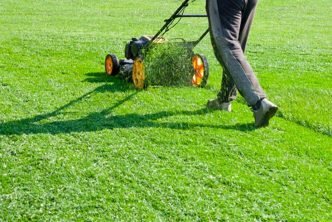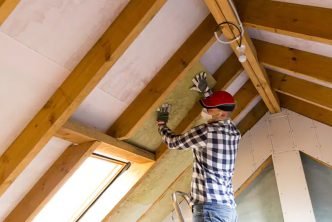The roof is, quite literally, the crowning glory of any home. Beyond its aesthetic appeal, it provides essential protection from the elements, ensuring that everything underneath it remains safe and dry. As extreme weather events become more frequent worldwide, the resilience of our roofs is put to the test. Protecting your roof from these harsh conditions can extend its lifespan and maintain the overall integrity of your home. Here’s how you can gear up and guard your roof against the vagaries of nature.
Table of Contents
1. Regular Inspections and Maintenance
Routine checks are the first line of defense. Look for signs of wear, tear, or damage, like loose shingles, rust on metal parts, or areas with moss and algae growth. These indicators, although sometimes subtle, can hint at larger underlying issues. By addressing minor problems promptly, you can prevent them from exacerbating during a storm or other severe weather events.
2. Clean Your Gutters
Gutters play a pivotal role in safeguarding your roof during intense weather, channeling rainwater away from your home’s foundation. However, when debris like leaves, twigs, and nests clog these channels, it can lead to water overflow, potentially causing leaks or structural damage. Regularly cleaning and ensuring free-flowing gutters, especially before storm seasons, is imperative to maintain your roof’s integrity and prevent costly repairs.
3. Ensure Proper Ventilation and Insulation
A well-ventilated and insulated attic helps regulate the temperature on the roof. This can prevent problems like ice dams during winter, which form when snow melts and refreezes at the roof’s edge. An insulated attic also ensures your home remains energy efficient irrespective of the season.
4. Trim Overhanging Trees
Tree limbs hanging over the roof can cause multiple problems. In high winds, these limbs might break off and fall, causing significant damage. Even without breakage, constant rubbing of branches on shingles can wear them down over time. It’s essential to trim any overhanging branches and keep trees at a safe distance from your home.
5. Upgrade to Weather-Resistant Materials
If you’re considering a roof replacement or a new installation, think about investing in weather-resistant materials. Today, many roofing materials are designed to withstand specific climatic challenges, be it heavy snowfall, hail, or high winds. For instance, impact-resistant shingles are designed to endure hailstorms without cracking.
6. Check and Repair Flashing
Flashing is the metal sheeting usually found around roof protrusions like chimneys and vents, and along the valleys of your roof. It directs water away from these vulnerable areas. If your flashing is damaged or has come loose, water can seep in, causing leaks and structural damage. Ensure that flashing is inspected and fixed if necessary.
7. Seek Professional Help
While DIY roof check-ups can be valuable, there’s no substitute for a professional’s expertise. Hiring a specialist to inspect and maintain your roof can provide a more comprehensive assessment. In areas prone to severe weather, local professionals, such as a trusted Bloomingdale roofing service, can offer specialized advice tailored to the region’s unique challenges.
Conclusion
Every roof, no matter how robustly built, has its vulnerabilities. But with proactive measures and an understanding of its weak points, homeowners can significantly reduce the risk of weather-related damage. By ensuring regular maintenance, using durable materials, and seeking expert advice when necessary, you can fortify your home against even the most relentless climatic onslaughts.
Remember, the roof is more than just the top layer of your home; it’s the primary shield against nature’s extremes. Invest in its care and protection, and it will, in turn, keep your sanctuary safe for years to come.





